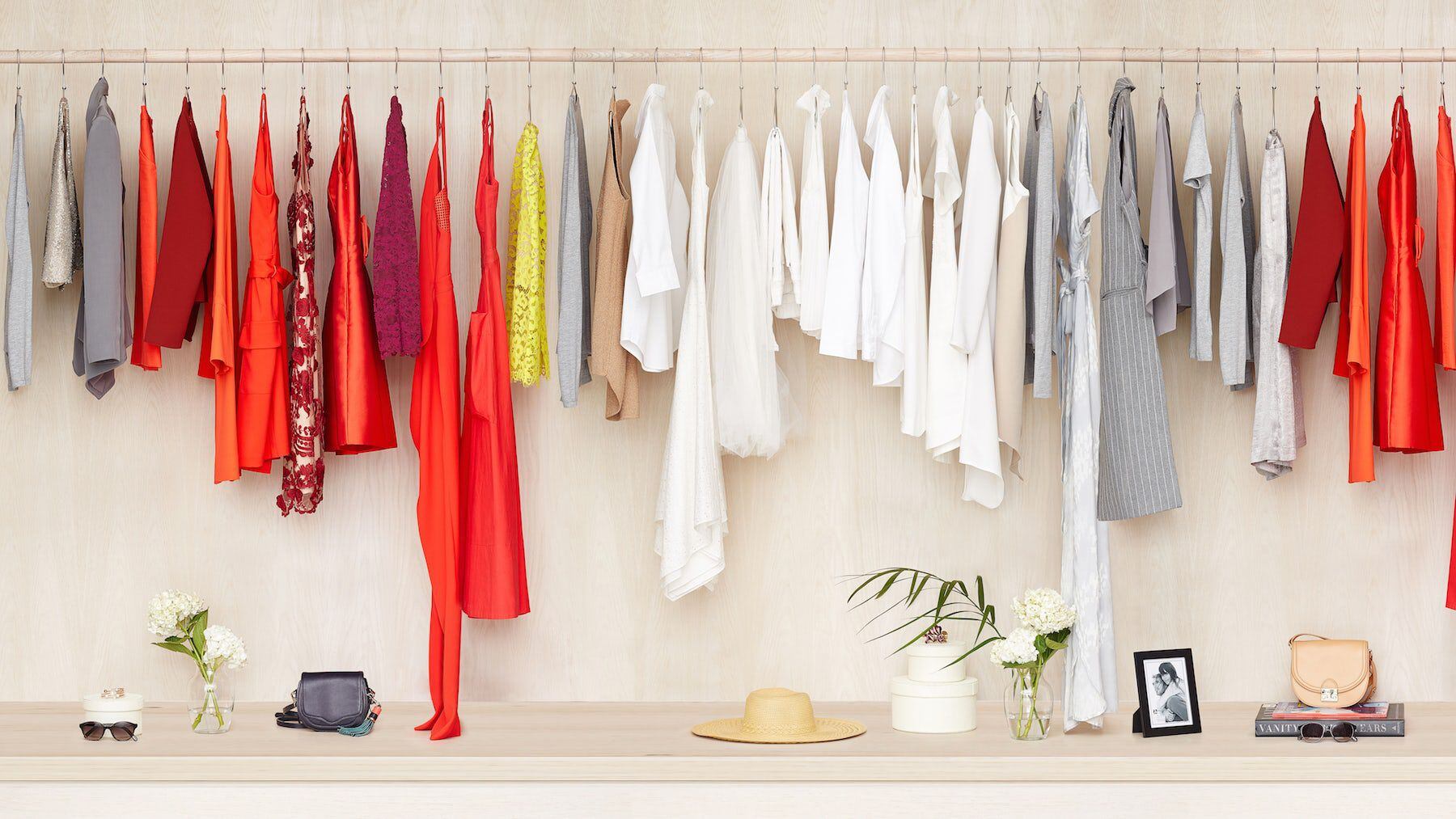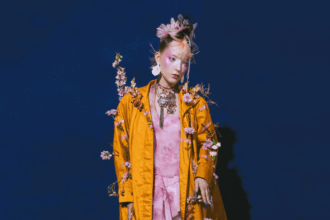Introduction to the concept of rental fashion
Imagine stepping into your closet and discovering a revolving door of stylish outfits that change with every occasion. Welcome to the world of rental fashion—a trend that’s not just about wearing new clothes, but embracing a more sustainable lifestyle. As consumers become increasingly aware of the environmental toll exacted by fast fashion, many are turning to innovative solutions that allow them to wear high-quality garments without the commitment of ownership. With this shift toward mindful consumption, rental fashion is transforming not only our wardrobes but also how we think about style and sustainability. Ready to dive into this wardrobe revolution? Let’s explore why owning less can lead to wearing so much more.
The environmental impact of fast fashion and the rise of sustainable alternatives
Fast fashion has left a heavy footprint on our planet. The relentless cycle of producing cheap clothing leads to massive waste and pollution. Millions of garments end up in landfills each year, contributing to environmental degradation.
As awareness grows, many are seeking alternatives. Sustainable fashion is gaining traction as consumers look for eco-friendly options that don’t compromise style. These alternatives focus on quality over quantity, promoting timeless pieces instead of fleeting trends.
Brands now prioritize ethical practices and sustainable materials. This shift isn’t just about reducing harm; it’s about creating a more responsible industry model that values both people and the planet.
The emergence of rental fashion adds another layer to this movement. By renting clothes, individuals can enjoy variety while minimizing their environmental impact—embracing a wardrobe without the excess baggage associated with fast fashion trends.
The benefits of renting clothes for individuals and the planet
Renting clothes offers a fresh perspective on fashion. For individuals, it means access to high-quality pieces without the hefty price tag. You can wear designer outfits for special occasions or try out new styles without commitment.
From an environmental standpoint, rental fashion significantly reduces waste. The fast fashion industry contributes massively to pollution and textile waste. By choosing rentals, you extend the lifecycle of garments and minimize your carbon footprint.
Moreover, rental platforms often focus on sustainable practices. Many use eco-friendly packaging and promote responsible cleaning methods. This conscientious approach resonates with today’s eco-aware consumers who want their choices to reflect their values.
Embracing rental options fosters creativity in personal style too. It allows for experimentation and keeps your wardrobe dynamic while avoiding clutter at home. All these benefits highlight how renting clothes is not just smart—it’s a step toward a more sustainable future.
Popular rental fashion platforms and their unique offerings
Several rental fashion platforms have emerged, each offering something special for style-savvy consumers. Rent the Runway leads the pack with its extensive selection of designer pieces, allowing users to rent outfits for events or everyday wear. The subscription model makes it easy to refresh your wardrobe regularly.
Another noteworthy player is GlamCorner, which focuses on Australian designers and caters specifically to formal occasions like weddings and parties. Their curated collections ensure that you can find unique items that stand out.
For those looking for casual options, HURR Collective embraces the sharing economy by enabling individuals to lend their personal wardrobes. This platform fosters community while promoting sustainable fashion rentals in a new way.
Le Tote stands out by combining rental clothing with a shopping experience. Members receive a personalized box filled with clothes based on their preferences—an exciting twist that keeps customers engaged!
How the pandemic has accelerated the growth of rental fashion
The pandemic reshaped many aspects of our lives, including the way we approach fashion. With social events on hold and remote work becoming the norm, people started reevaluating their wardrobes. Suddenly, owning an extensive collection of clothes felt less practical.
As a result, rental fashion gained momentum. Users turned to platforms offering stylish options without committing to permanent purchases. This shift allowed individuals to experiment with trends while keeping their closets clutter-free.
Moreover, economic uncertainties prompted consumers to seek more affordable alternatives. Renting became not just a sustainable choice but also a financially savvy one during tough times.
Brands adapted quickly by enhancing their rental offerings and expanding selections for various occasions—from casual loungewear to formal attire. Rental subscriptions emerged as convenient solutions for those wanting variety without excess baggage in their lives.
Criticisms and challenges facing the rental fashion industry
The rental fashion industry, despite its rapid growth, faces notable criticisms. One major concern revolves around cleanliness and hygiene. Shoppers often question whether rented garments are adequately sanitized before reaching them. This uncertainty can deter potential customers from embracing the concept.
Additionally, there’s a perception that rental options may lack variety or style compared to traditional retail stores. Some consumers still prefer the tactile experience of trying on clothes in person rather than selecting items online.
Logistical hurdles also complicate operations for many companies. Ensuring timely delivery and managing returns efficiently requires substantial resources and infrastructure.
Pricing remains a contentious issue. While some view rentals as cost-effective alternatives to buying new pieces, others argue that long-term rentals can add up—challenging the idea of sustainability when affordability is considered paramount.
The future of rental fashion and its potential impact on traditional retail models
The future of rental fashion looks promising and transformative. As consumers increasingly seek sustainable alternatives, traditional retail models may need to adapt or risk obsolescence.
Rental platforms are shifting the focus from ownership to access. This change encourages a shared economy where clothes can be enjoyed by many rather than sitting unused in closets.
Brands are already taking notice, collaborating with rental services to reach eco-conscious shoppers who prioritize sustainability over fast fashion consumption.
As technology improves, customers will benefit from personalized experiences that cater specifically to their tastes and needs. Virtual try-ons could become commonplace, making it easier for individuals to find the perfect fit without stepping foot in a store.
Traditional retailers might embrace this trend too, integrating rental options into their business strategies. This adaptation could redefine shopping habits while promoting responsible consumer behavior across the industry.
Conclusion: Embracing a more mindful approach
As the concept of rental fashion continues to gain traction, it encourages a shift in mindset. People are increasingly recognizing the value of experiences over possessions. This evolution aligns with a growing desire for sustainability and ethical consumption.
By embracing rental fashion, individuals can enjoy variety without contributing to environmental degradation. It’s an opportunity to wear trendy pieces while minimizing waste. As consumers prioritize conscious choices, they send a powerful message to brands about what truly matters.
The rise of sustainable fashion rentals isn’t just a trend; it’s part of a larger movement towards mindful living. With each outfit rented instead of bought, we take one step closer to reducing our carbon footprint and promoting responsible consumption.
This sector is poised for growth as more platforms emerge and diversify their offerings. Traditional retail models may need to adapt or reconsider their strategies as demand for rental options increases.
Choosing rental fashion not only benefits your wardrobe but also supports sustainable practices that help preserve our planet. Embracing this approach cultivates awareness about how clothing impacts both personal lives and the environment—an important lesson in today’s world where every choice counts.










